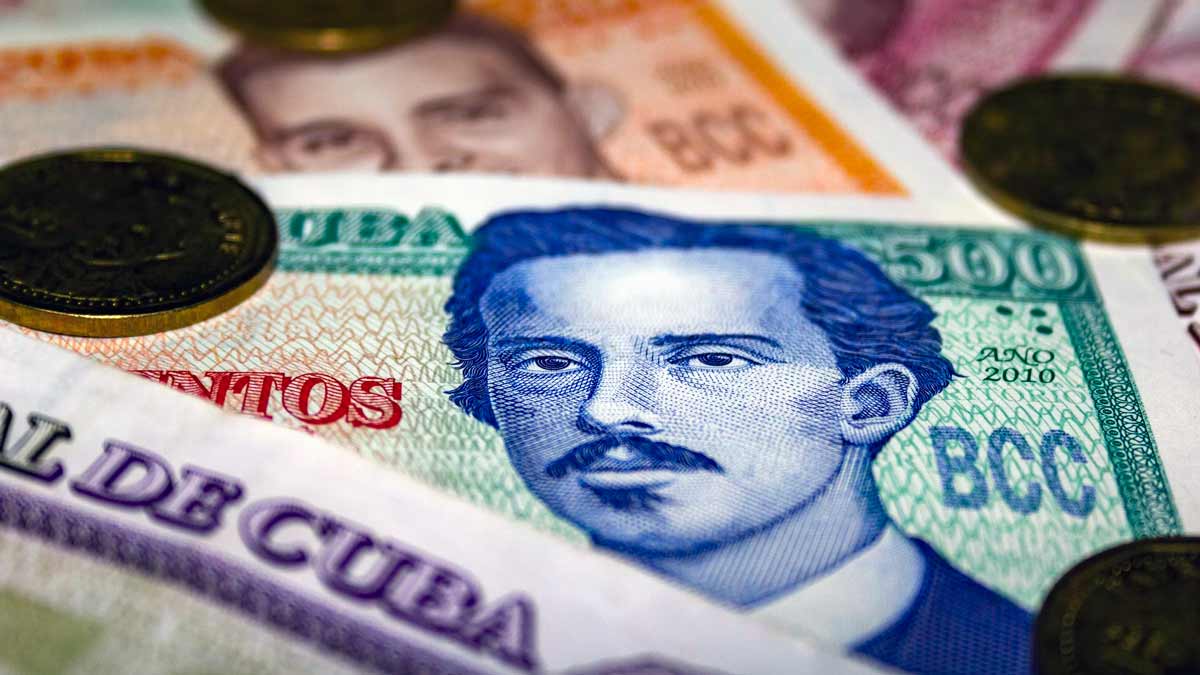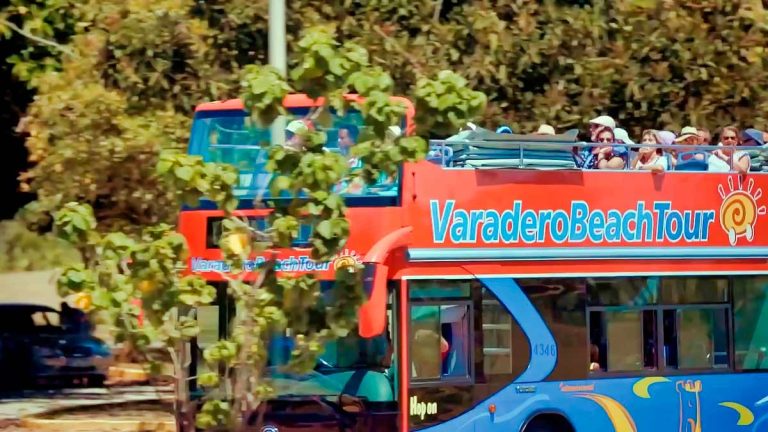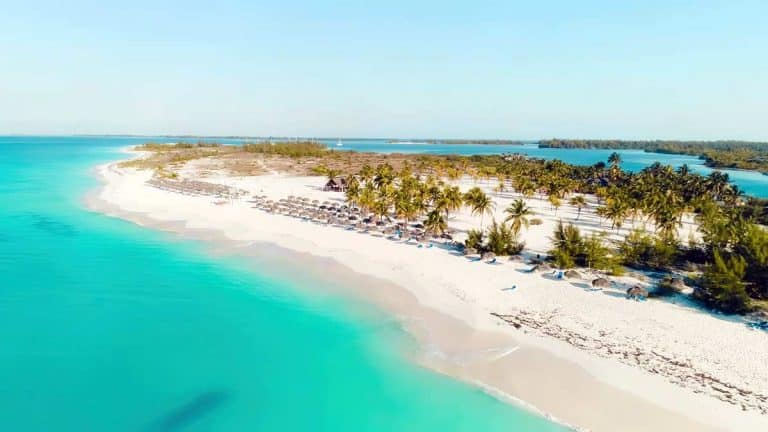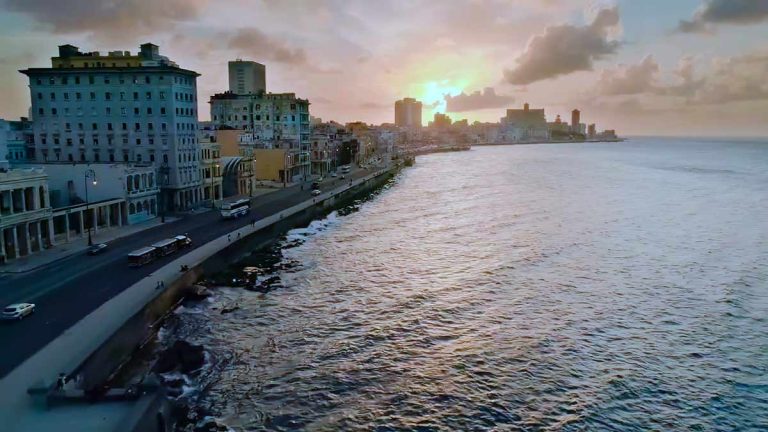Comprehensive Guide to Currency in Cuba: A Traveler’s Overview

For any visitor heading to Cuba, understanding the currency can make a big difference. At the heart of it all is the Cuban Peso (CUP). Every Cuban Peso breaks down into 100 cents. When it comes to denominations, travelers can find:
- Bills: 1, 3, 5, 10, 20, 50, 100, 200, 500, and 1000 pesos.
- Coins: 1, 3, 5 pesos and 5, 20 cents.
Preferred Currencies in Cuba
Travelers frequently ask which foreign currencies are ideal for Cuba. While Euros (EUR) and US Dollars (USD) are highly favored, it’s also worth noting that British Pounds (GBP) provide a promising official exchange rate but might not be as popular with local establishments.
Here are some of the foreign currencies that can be converted in Cuba:
- Euro (EUR)
- United States Dollar (USD)
- British Pound (GBP)
- Canadian Dollar (CAD)
- Swiss Franc (CHF)
- Japanese Yen (JPY)
- Mexican Peso (MXP)
- Danish Krone (DKK)
- Norway Krone (NOK)
- Sweden Krona (SEK)
Exchange facilities like CADECA and most banks facilitate these conversions, though USD conversions attract an 8% fee while others are charged 2%.
Recent Developments with the USD
As of April 10, 2023, all prior restrictions on USD transactions were lifted. This monumental change means Cubans can now freely exchange and deposit USD, reversing a previous ban from June 2021.
Convenient Prepaid Cards: MLC
Visitors have the option to obtain prepaid cards, readily available at various locations such as:
- CADECA offices (official currency exchange)
- Airports
- Hotels
- Ports
These cards come in specific denominations: 50, 100, 200, 500, and 1000, and can be purchased in several globally recognized currencies like the Canadian dollar, pound sterling, Swiss franc, Japanese yen, Mexican peso, euro, and USD.

These cards offer the convenience of purchasing services and products ranging from hotel bookings to car rentals.
An added advantage? Any remaining balance on these cards can be converted back to your choice of foreign currency at CADECAs located at international airports when you’re departing from Cuba.
ATM and Card Use in Cuba
Though ATMs should accept cards like Visa and Mastercard, it’s essential to have a backup plan. Many cards affiliated with US institutions face issues, and certain banks, like Travelex and Citibank, are outright incompatible.
MLC Card: The Digital Currency
MLC, or ‘Moneda Libremente Convertible,’ mirrors the value of USD. Recognized in many government-owned establishments, these pre-paid cards can be purchased in several denominations at CADECAs.
Crucial Tips for Currency
- Booking: Choose from multiple currencies with CubaTravel. And if you’re tech-savvy, consider apps like Enzona and Transfermovil for online booking.
- Currency Exchange: It’s always a smart choice to swap your cash at official exchange points. This ensures you get a fair rate.
- Stay Updated: Regularly check official sources like cuba.travel for updates during your stay.
The Right Places to Exchange Your Money
When it comes to trading your foreign currency for the Cuban Peso, you’ve got a range of choices:
- Airports
- Banks
- Hotels
- Official exchange houses (CADECA)
- Shopping centers
Furthermore, you might come across informal (or black market) exchange points offering higher rates. This method, while popular, isn’t legal. If you’re curious about these unofficial rates, the “El Toque” website is a valuable resource.
Cuba boasts a banking infrastructure which encompasses a vast network of banks, ATMs, and CADECAs.

Whether you’re landing or departing at an international airport, cruising in at a port, or staying in a major hotel, you can find an exchange point.
Before leaving Cuba, if you have a balance on your MLC Prepaid Card, you can conveniently convert it at the CADECAs in international airports.
Preferred Currency to Take to Cuba
While travelers can carry any globally accepted currency into Cuba, it’s essential to remember that the Cuban Peso is strictly a local currency.
It’s neither valid nor can be traded outside of Cuba. So, before departing, ensure you convert any unused pesos to your preferred foreign currency.
Credit and Debit Cards in Cuba
Accepted cards include Visa, Mastercard, Union Pay, Ocean Card, CABAL, AIS, and MIR. A word to the wise: If you’re planning to use your card, first confirm with your bank if it will work in Cuba. Especially, cards issued by U.S. institutions don’t work in the country. Always keep a cash reserve to prevent any inconveniences.
Traveler Recommendations
- Come Prepared: Always bring ample cash as accessing funds in Cuba might prove challenging.
- Smaller Denominations: Small bills facilitate easy payments and tips. For instance, tipping musicians with 150-160 CUP (using the unofficial rate) is more practical than using USD.
- Be Cautious with ATMs: They might run dry, malfunction, or decline your card.
- Understand Pricing: Cuba might be pricier than you anticipate.
- Inquire Beforehand: Check the currency scene before your trip as regulations frequently change.
Glossary: Cuban Money Jargons
- CUP: The primary currency, Cuban Peso.
- M.N: Another name for CUP.
- CUC: Previously used Cuban Convertible Peso.
- MLC: The digital currency equivalent to USD.
- Official Rate: The static government-set rate for exchanges.
- Unofficial Rate: Varies based on demand and supply, used in black market exchanges.
Happy traveling and always stay informed to make the most out of your Cuban adventure!







